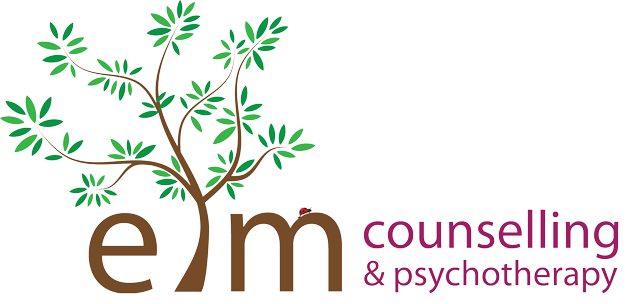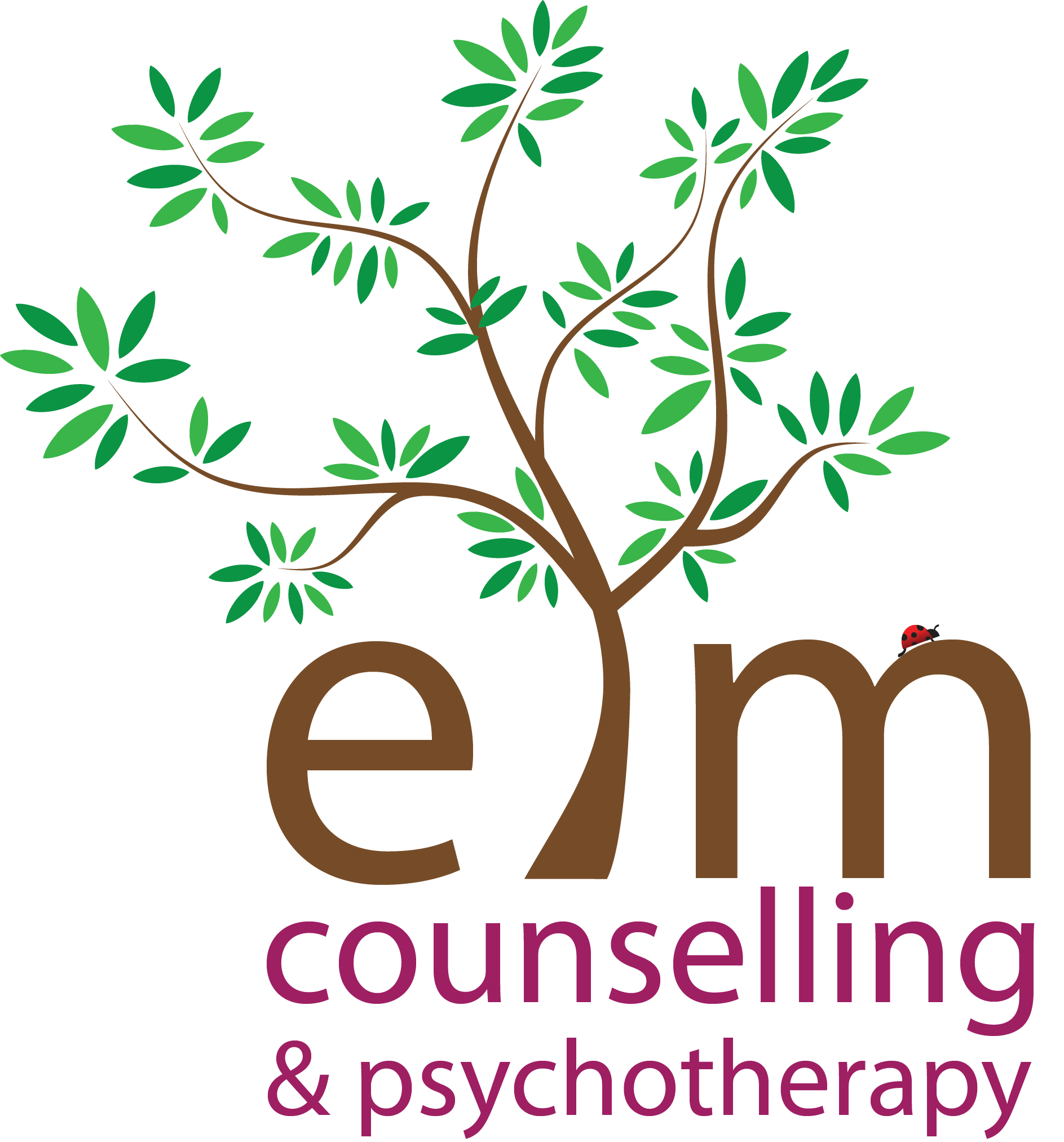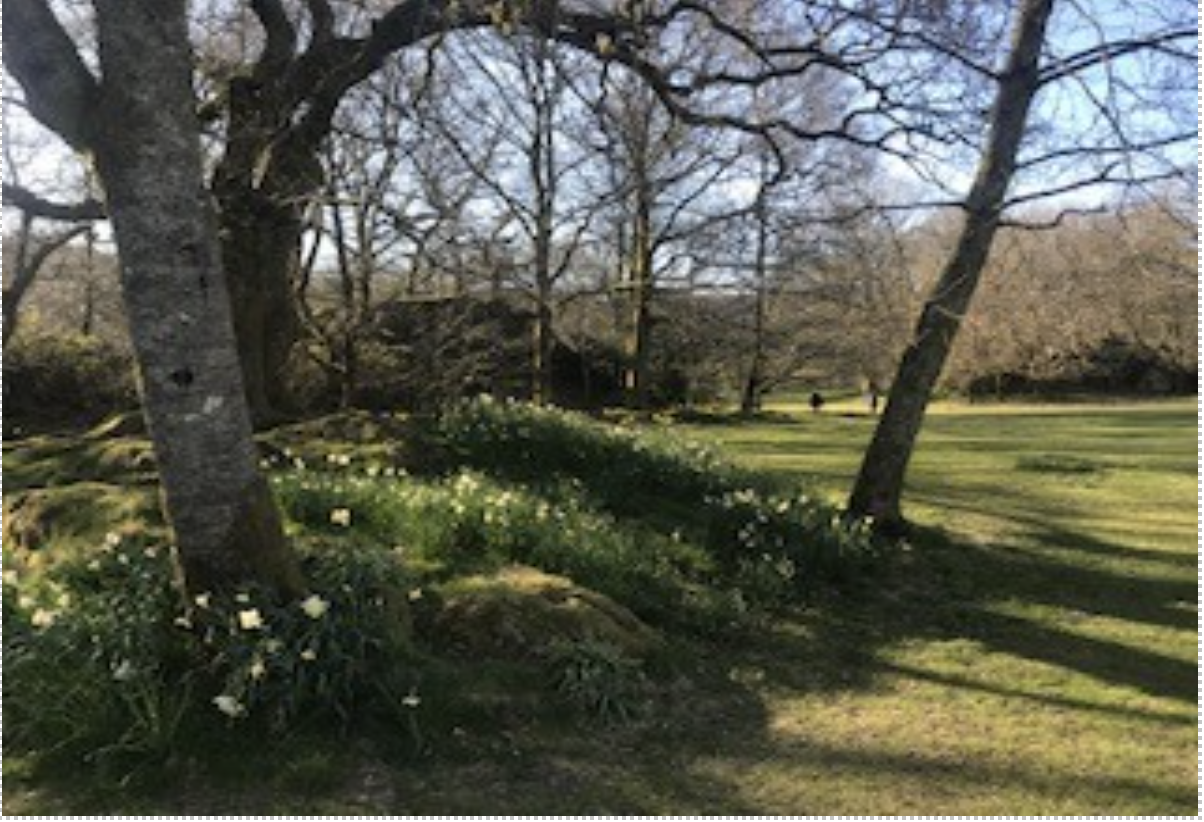Mindfulness is often talked about. But what is it, and is it for me?
‘Mindfulness is paying attention in a particular way: on purpose, in the present moment, and non-judgementally’
Jon Kabat-Zinn
In Western culture, mindfulness has grown in popularity in recent decades, being positively linked with good mental health and well-being, whether it is a formal practice such as mindfulness meditation or a mindfulness-based activity like yoga, or informal mindfulness which can be practised within everyday activities such as whilst eating or going for a walk.
The practice has also been integrated into counselling and psychotherapy, with the most popular forms being Mindfulness-based Stress Reduction, Mindfulness-based Cognitive Therapy and Acceptance and Commitment Therapy. In my counselling practice, I might bring simple mindfulness activities into sessions, if this is something that may be helpful and relevant for clients.
How can it help me? Spending more time in ‘being mode’
Often, we operate in ‘doing’ mode rather than in ‘being’ mode. Modern life can be fast paced, with many of us working long hours and trying to juggle commitments – ‘doing mode’. When we’re rushing around and feeling stressed, stopping to take a break can feel counterintuitive and that it will only add to our stress. Understandably, it can feel that we simply don’t have time to stop and just ‘be’. But it can be just what is needed to bring stress levels down and to help us feel calmer, more in control and then more able to carry on.
Being in ‘doing mode’ is, in itself not a bad thing – we often need to get things done and accomplish things. But operating in ‘doing mode’ for too much of the time can lead to an increase in stress levels and negatively impact our physical and mental well-being. Allowing ourselves to have times where we do stop and be more in the moment, even if only for a short time, can help enormously to reduce stress and bring greater balance, calm and joy to our lives.
Ways to get into ‘being mode’
A way to bring mindfulness into the everyday is to allow yourself to take a short break and to just ‘be’, even if only for a few minutes. When we’re present in the moment we can use our senses to fully notice what we’re experiencing – what we can hear, see, touch, taste and smell; and perhaps watch our thoughts come and go, without attaching any judgement. The latter can take a bit to get the hang of, but I found that I hadn’t been practising mindfulness long before I was able to notice my thoughts rather than getting caught up in them. This skill can be very helpful in reducing feelings of anxiety and over-thinking or ruminating, which many of us can do.
An enjoyable and easy way to get into ‘being mode’ is to put your mobile to one side for a short time, take some deep calming breaths and relax with your favourite tea or coffee, savouring the taste, smell, warmth and so on…
Being in ‘being mode’, in the present moment, more often, can help to increase our creativity and ability to problem-solve. We become more responsive rather than reactive. Regular mindfulness practice can improve self-awareness, helping us to have greater insight into what is going on for us – our thoughts, feelings and emotions, and then in turn to understand what our needs might be.
Many people also find that practising mindfulness regularly and often helps them to manage chronic pain and the stresses of illness, such as exhaustion, depression and sleep difficulties. Clinical trials have shown that it can be as effective as taking prescription painkillers.
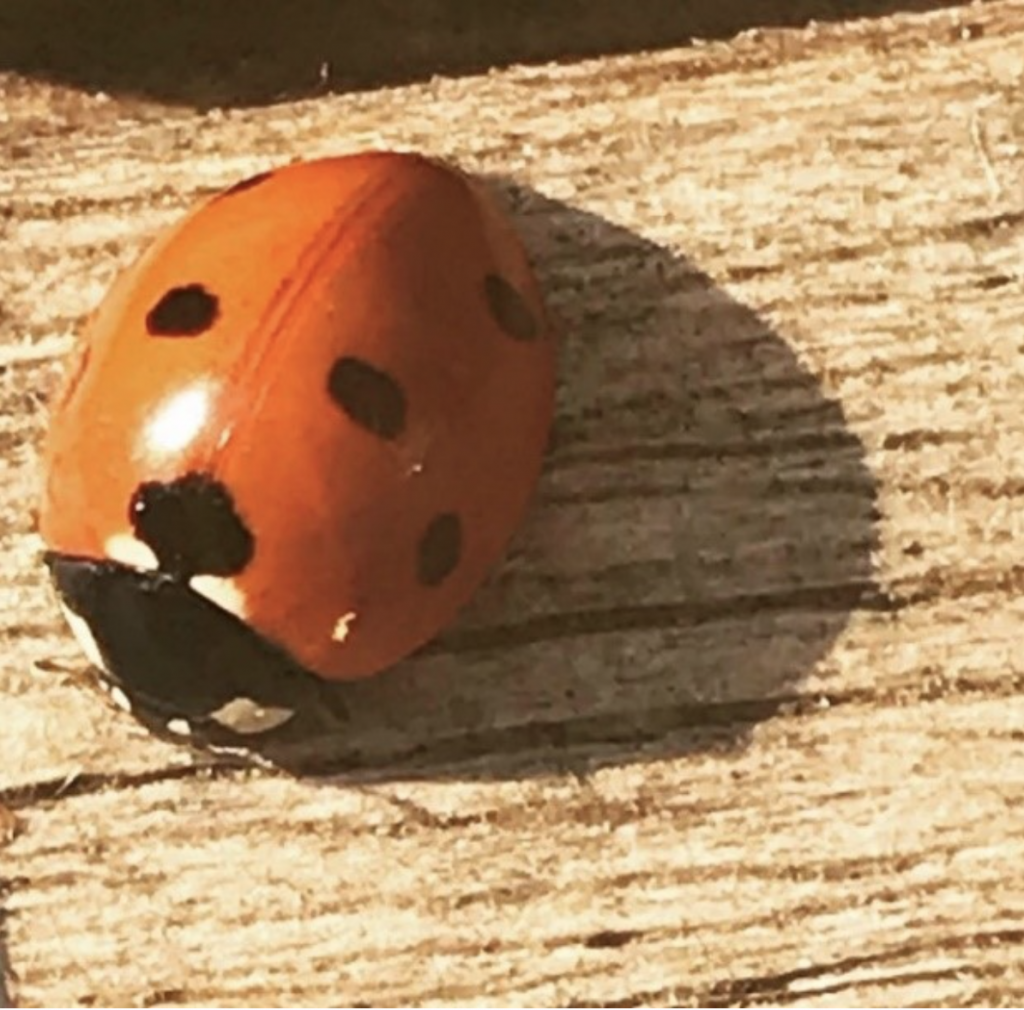
However, mindfulness isn’t necessarily for everyone. For those who’ve experienced trauma there is the potential for triggering to occur. Trauma-sensitive mindfulness can help to address this. If focusing on the breath is too difficult you can bring your attention to something else, such as the feeling of your feet on the floor or resting your gaze on a certain spot. You don’t need to close your eyes whilst practising mindfulness, you can lower your gaze instead. Do what works for you. And if mindfulness isn’t for you, that’s okay!
Am I doing it wrong?
You can’t get mindfulness wrong. People often worry that they’re doing it wrong, mistakenly believing that the aim is to rid their minds of all thoughts or feeling that they struggle to keep their focus on their breathing. Understandably this can lead to frustration and to giving up. It can take a little effort to me mindful, but we can approach this gently and with kindness.
The good news is you don’t have to worry – there is no right or wrong way to practise mindfulness! The aim isn’t to rid our minds of all thoughts but to simply notice – to notice what is happening for us, without judging our experience. If our thoughts wander away (which they will do!), we can simply notice this and bring our attention back to our breath again. We can do this as many times as is necessary.
This is being mindful – noticing without judgement. Increasing our ability to accept whatever our experience is, without attaching a judgement to it, encourages us to have greater self-acceptance and self-compassion. To be kinder to ourselves.

Take a mindful walk…
A simple and enjoyable way to practise mindfulness is to take a mindful walk, with the added benefits of being in nature. Research shows that spending time in the natural world can improve creativity and generate feelings of calmness and joy. I really enjoy taking photographs on my walks as this helps me to stop and notice the little things…
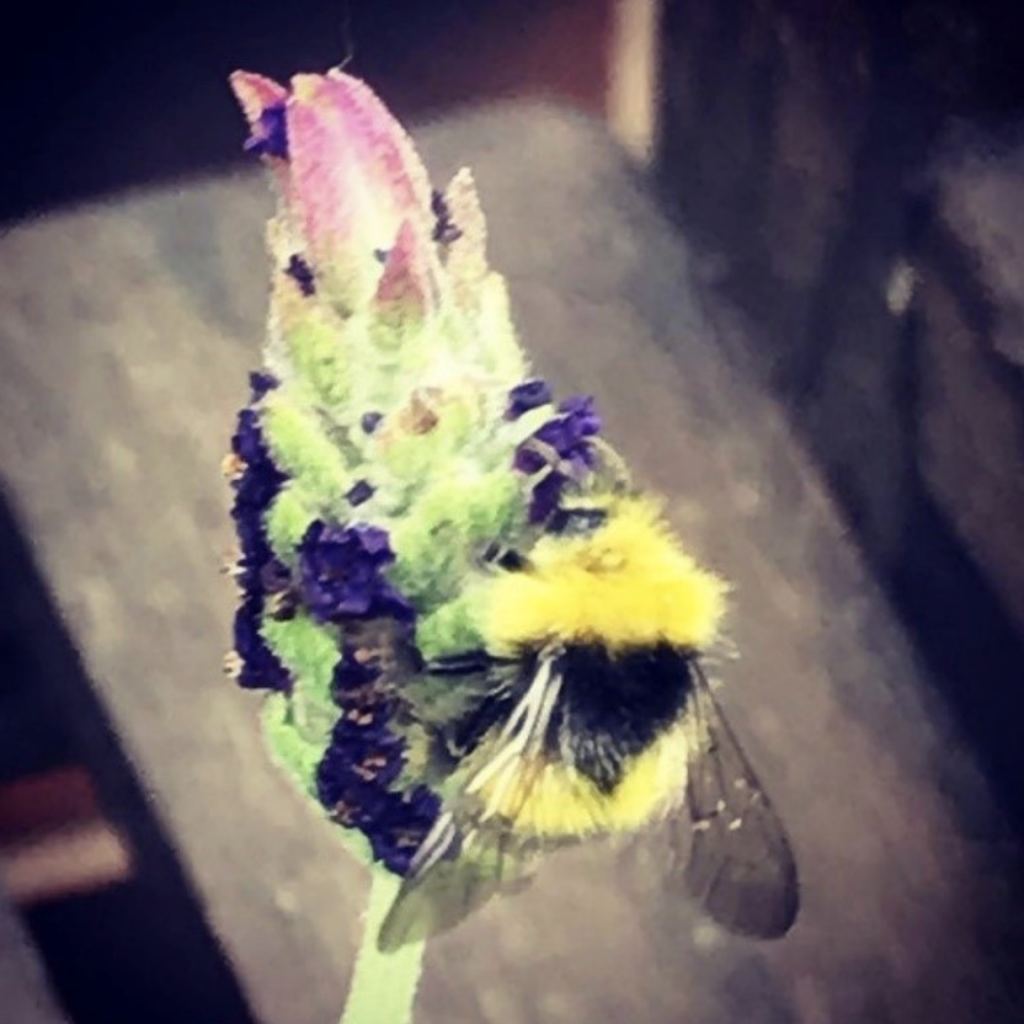
And breathe…
A short breathing exercise can help to relax you and leave you feeling calmer and more grounded…
I love this simple one from Dr Danny Penman’s beautiful book, ‘the art of breathing’…
Let yourself breathe naturally and relax your shoulders. You can gently close your eyes or lower your gaze. Draw your attention to your feet and the feeling of them resting on the floor.
‘Take a long, deep breath while counting slowly to 5 in your mind. Pause for a moment. Then breathe out while counting to 7.’
You can do this for as long as you need. Taking a longer outbreath has a very calming influence on the body.
Another fantastic, relaxing meditation which I often practise before going to sleep at night is the body scan. You can find out more about this in the brilliant book ‘Mindfulness: a practical guide to finding peace in a frantic world’, by Mark Williams and Danny Penman – see resources.
The plastic brain!
The amazing thing is that as we practise, we’re training our brains. Neuroscience research shows that mindfulness meditation leads to physical changes in the brain, which can be seen using imaging. Our brains are in fact ‘plastic’ – they can be moulded! We can create new neural pathways and potentially re-shape our brains by practising mindfulness.
The thing I love about all this is the potential for regular mindfulness practise to improve our wellbeing – to increase our self-compassion and lower our stress levels, helping us to feel calmer and more able to cope. Often in life we can be on autopilot and simply going through the motions. Mindfulness can help us to become more self-aware and more responsive rather than reactive in times that are stressful or difficult.
My own mindfulness practice helps me to feel calm and grounded. Just taking a few minutes to do a simple breathing exercise or taking a mindful walk can reduce stress levels and has a positive mental and physical impact.
If you’d like to give it a go, there are masses of mindfulness resources out there. I’ve put together some that I find particularly helpful…

Resources
Burch V. and Penman D. (2013). ‘Mindfulness for Health: A practical guide to relieving pain, reducing stress and restoring wellbeing’ Piatkus: London
Hennessey. G (2016). ‘The Little Mindfulness Workbook: Everyday techniques to help you combat stress and enhance your life’ Crimson Publishing Ltd: Bath
Penman D. (Dr) (2016). ‘the art of breathing: the secret to living mindfully’ Harper Collins: London
Williams M. and Penman D. (2011). ‘Mindfulness: a practical guide to Finding Peace in a Frantic World’ Piatkus: London
All photographs by Emma Mannion
Elm Counselling and Psychotherapy, May 2021
